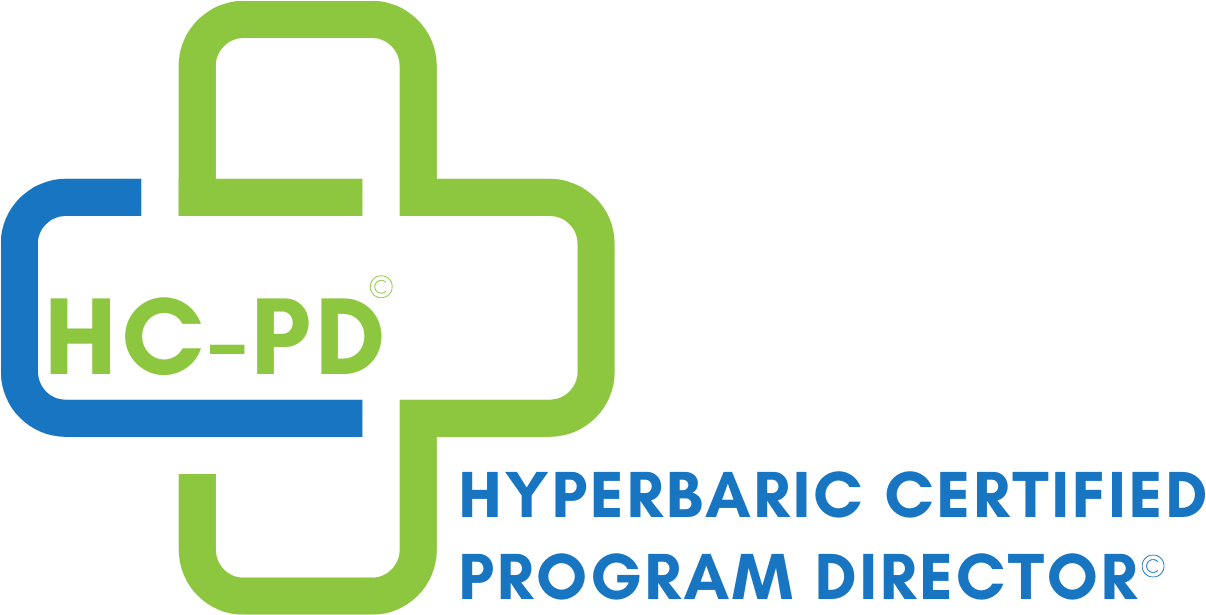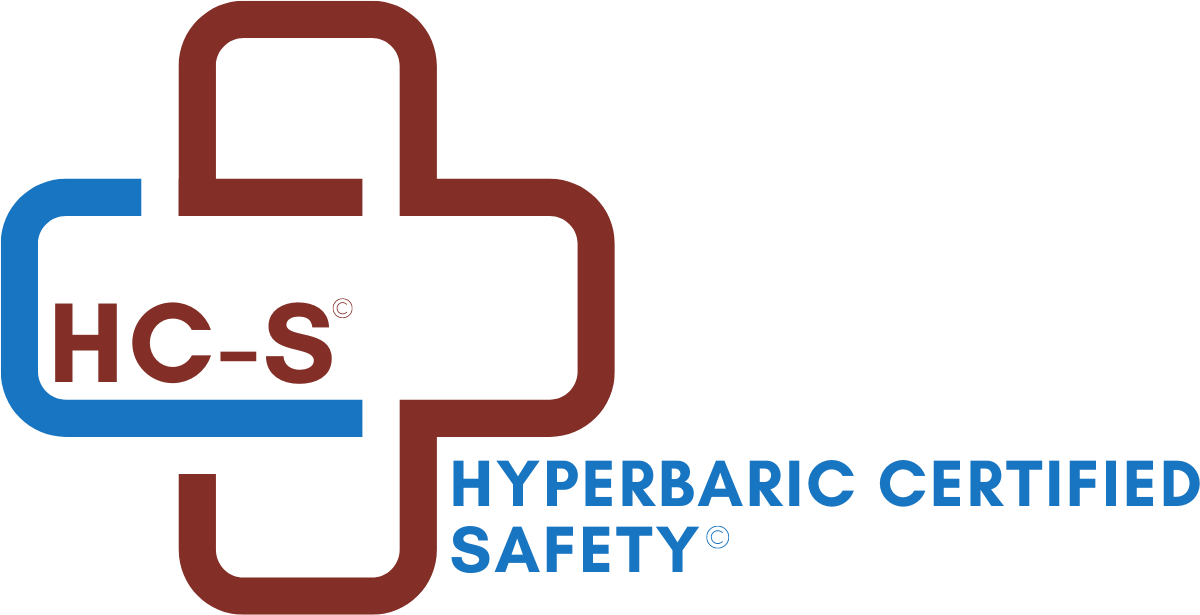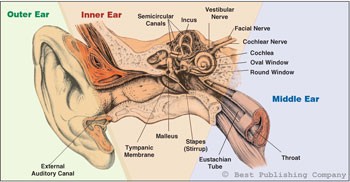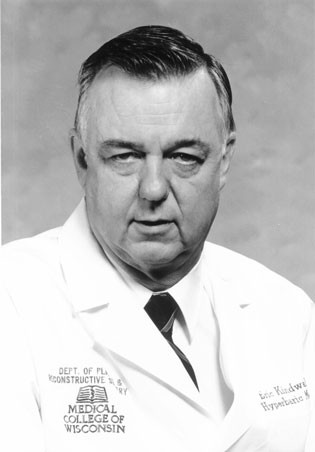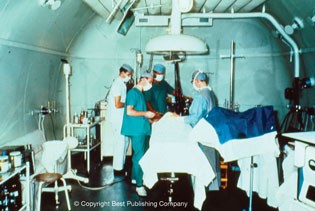Question: I am interested in adding hyperbaric oxygen therapy to my clinic. What are your recommendations for staff education and management of hyperbaric medicine in my clinic?
Answer: The first step we recommend is that you attend a 40-hour UHMS and NBDHMT approved basic training in hyperbaric medicine course, Introduction to Hyperbaric Medicine. Wound Care Education Partners offers the course many times per year across the U.S., and we could also do onsite training at your facility.
Upcoming course dates and locations can be found at the following link https://www.woundeducationpartners.com/live-courses/upcoming-courses.html
As for management, we recommend that you attend our Business of Wound Care and Hyperbaric Medicine course. This 16-hour CME/CEU course guides you through the administration of operating and managing a profitable wound care/hyperbaric clinic. This course is offered a few times per year at various locations across the U.S.
Find upcoming courses at the following link: https://www.woundeducationpartners.com/live-courses/the-business-of-wound-care-and-hyperbaric-medicine.html
For more information on any of our courses please contact us at
